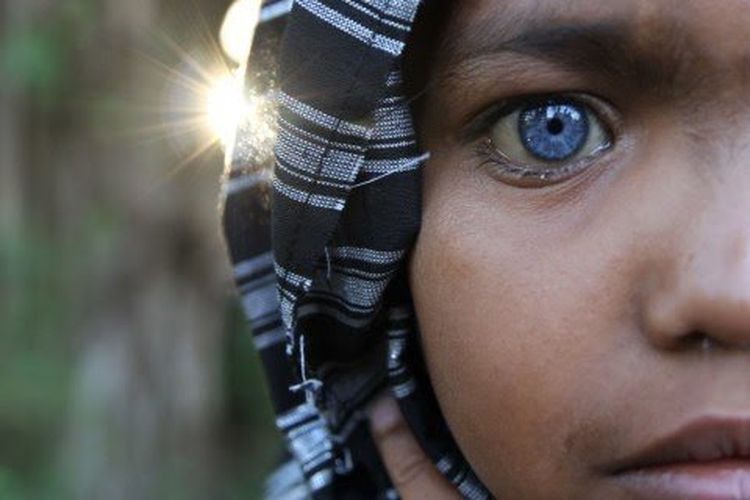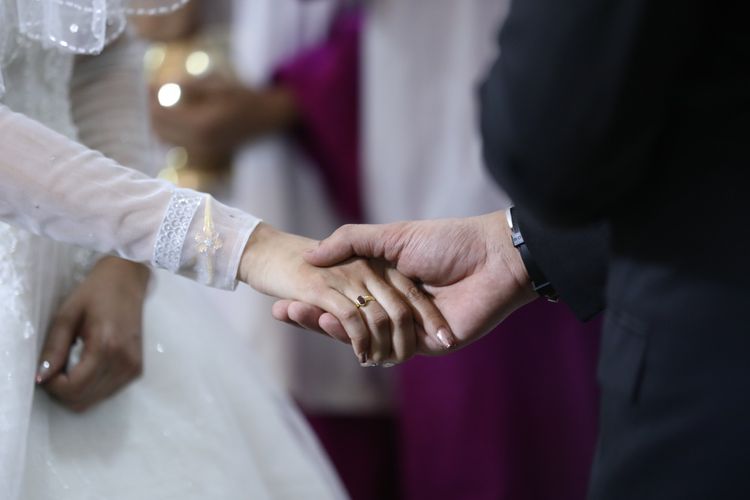The Age Old History Behind Sulawesi's Blue Eyed villagers

Also read: Experience Eastern Indonesian Traditions at Melo Cultural Village
According to La Dala, La Ode Raindabula has predicted that his fifth and sixth generation descendants will inherit European physical characteristics.
While La Dala might be La Ode Raindabula's fifth generation descendant, his family's blue eyes were then passed on to his daughter Ariska Dala. Ariska is also the only child among La Dala's six children to inherit his striking blue eyes.
Her features and strawberry blonde hair also gave away her Western heritage. While most Indonesians would do anything, including wearing contact lenses to acquire Ariska's distinctive gaze, she felt her blue eyes are more a curse than a blessing.
Her peers in school viewed them as strange, and would ridicule and bully Ariska for them. As a result, she became quiet and withdrawn. Her burden is shared by other blue-eyed Butonese, making them shun the wider world for fear of becoming a laughingstock.
Origins dating to the hunt for spices in the Indonesian archipelago
European enroachment in Indonesia by the British, Dutch and Portuguese since the 16th century are based on competition to get the spices of the archipelago. Their main destination was the Maluku Islands, which are home to two most sought after spices: cloves and nutmeg.
According to Yusrie, Buton Island eventually became a stop for Portuguese seafarers heading to Maluku. While their ships are at anchor, they filled up on supplies and established trade relations with the Sultanate of Buton.
This is chronicled in the ancient Butonese manuscript, “Kanturuna Mohelana” (Light for Seafarers). While the manuscript does not mention the date of the Portuguese's arrival in Buton, Yusrie estimates that it was in the 16th century prior, to the arrival of the Dutch.
"The Portuguese explorers must have met three Butonese Sultans: Murhum or Sultan Kaimuddin Khalifatul Khamis (1491-1537), La Tumparasi or Sultan Kaimuddin (1545-1552), and La Sangaji (1566-1570)," said Yusrie.
Also read: Lemiwa: A Traditional Blessing From East Kalimantan, Indonesia
The two peoples cemented their relations through marriage, as some women of Buton's aristocratic ruling class were married to Portuguese men. The traits of their intermarriage included blue eyes among their descendants.
Aside from the Butonese-Portuguese descendants of King Siompu II that included La Dala's family, Yusrie cites an example of a marriage between Felengkonele, a leader of the Portuguese fleet, and a Buton princess.
Hard times from Dutch propaganda
When the Dutch took control of Buton and the rest of the Indonesian archipelago, they slandered the island's Butonese-Portuguese inhabitants and their descendants as traitors, since they viewed them as colonial and commercial competitors in the Sultanate of Buton.


































